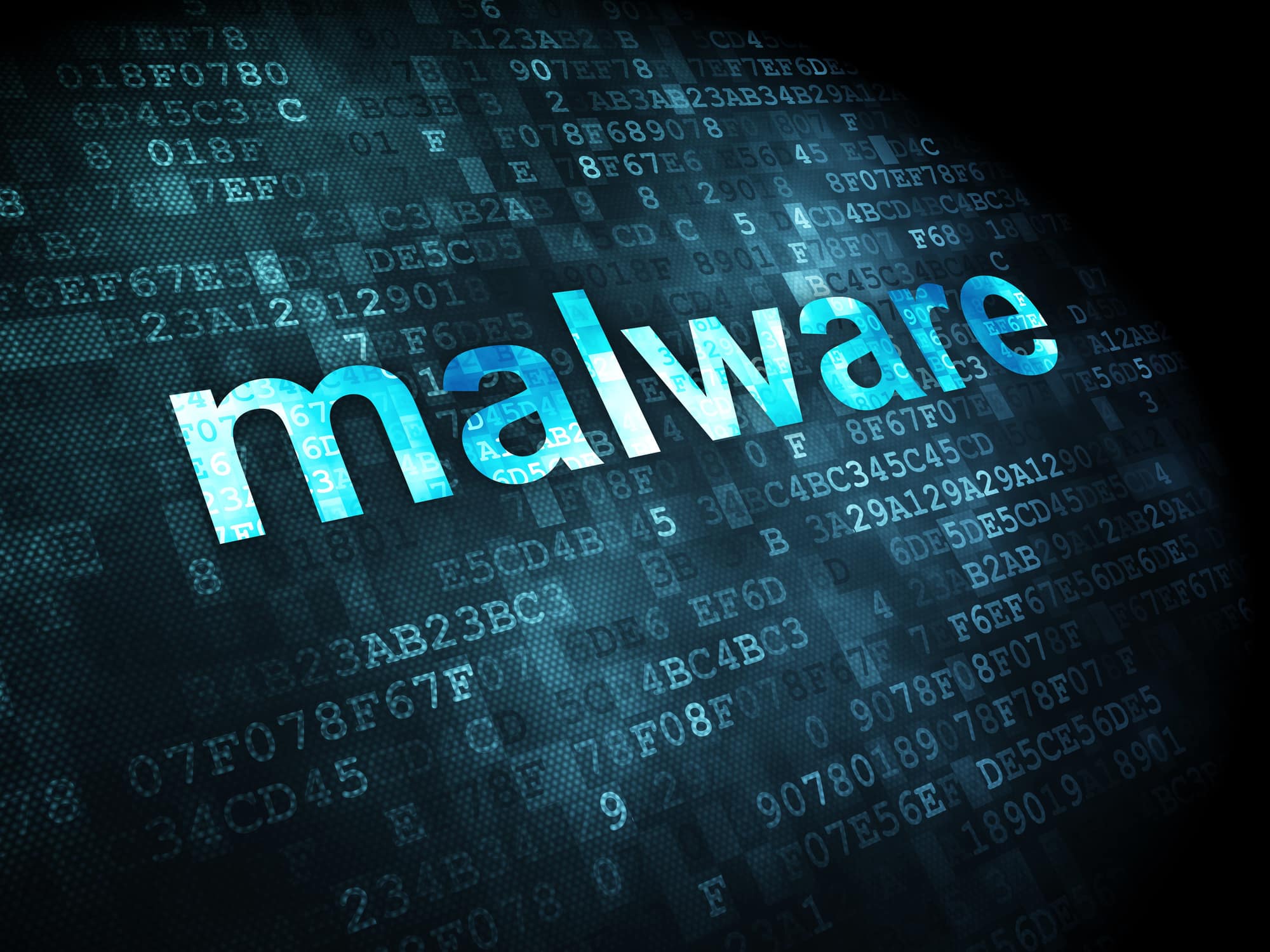Did you think viruses were something only a human can get? Unfortunately, that’s not the case. With the rise of the internet, came the rise of malware.
Most often labeled as viruses by the non-tech public, there are now many different types of malware threats, including the ever-changing threat of ransomware, and more. Are you wondering what other types of malware threats are in the wild on the internet?
Take a look at this guide to malware threats.
Defining Malware
Malware is any malicious software enabling theft, damage, or sabotage of your computer system. One of the most common ways malware enters your computer is through email.
Malware often comes in the form of an email with a malicious attachment or phishing email in which you’re asked to click on a link. The link then downloads the malware into your computer system where it wreaks havoc.
Computer Viruses
Viruses are common malware used to steal sensitive data from your computer network. The virus hitches a ride on some code inserted into a specific application. The virus executes when the targeted application runs, so it could sit without notice for a while.
A virus can also corrupt data, reformat your hard disk, and shut down the computer system. A virus relies on a human to infect the computer. A common way of infecting a computer with a virus is through a malicious email attachment.
Trojan Horse Malware
Like the ancient story after which it’s named, Trojan Horse malware enters your computer disguised as something else. A Trojan Horse looks like a harmless file and tricks you into installing it on your system.
Once installed, hackers have access to your computer system. They can destroy data, steal financial information, change files, and more.
Spyware
Spyware does what it implies. It spies on your internet activities and browsing habits. Without your consent or knowledge, the spyware collects your pins, passwords, and more. Spyware also degrades computer performance and erodes productivity performance.
Hackers using spyware also capture credit card and bank account information.
Ransomware
Current malware threats also include ransomware. It’s a type of malware that denies you access to your own computer system.
The hackers then demand ransom so you can get access to your computer. To regain access, you’ll pay using a cryptocurrency such as Bitcoin.
Hackers use phishing emails, infected online advertisements (malvertisements), and infected websites to deploy ransomware.
Rootkits
Rootkits often use trusted operating systems and subvert antivirus programs so detecting this type of malware is difficult. Rootkits are groups of malware that give the hacker unauthorized access to the computer or parts of the software systems. They’re installed using administrator access or through automatic installation.
With rootkit infection, it’s sometimes necessary to replace the computer hardware.
The Danger of Malware Threats
The danger of malware threats is real and ever-present. If you own a computer, you’re at risk for malware attacks, especially if you run a small business. How to prevent malware threats is a concern for everyone.
If you need help protecting your computer systems from malware, we can help. Contact us today for help keeping your computer network free of malware.

